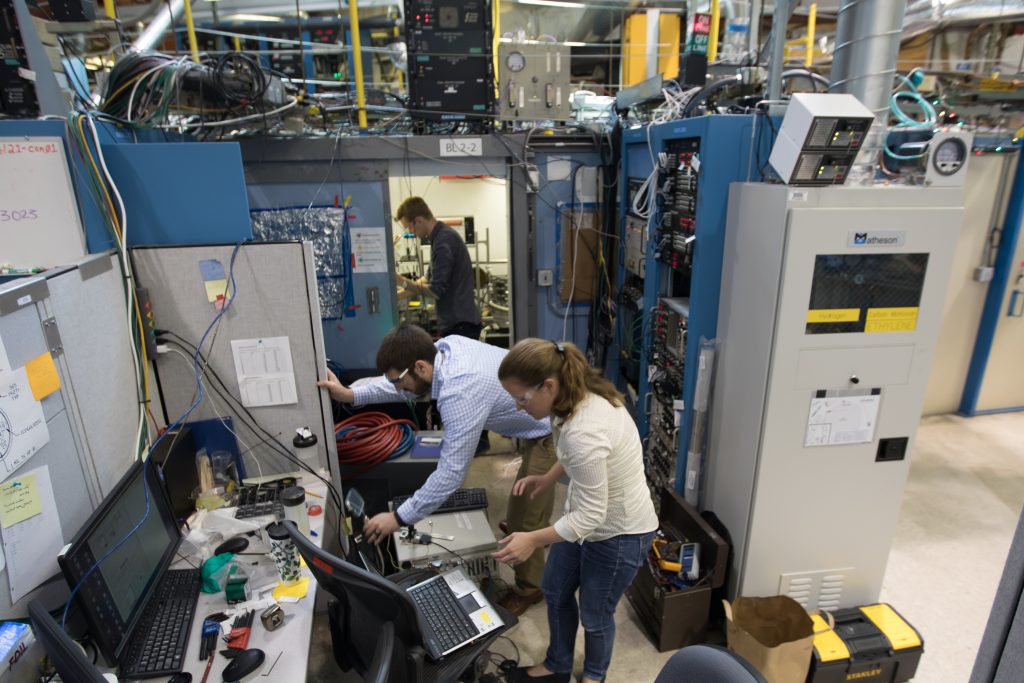From speaking to researchers in metal 3D printing, it’s clear that innovation is driven by perfection. No matter what the application, from large-scale airplane components to lightweight turbine blades, the goal is to 3D print a flawless piece of metalwork.
Lawrence Livermore National Laboratory (LLNL) in California, has been a key driver of such developments, publishing insights into the “spatter” phenomenon of metal particles under the laser. By employing high-speed imaging techniques and x-rays, scientists and engineers are now capable of monitoring the melt process in real time – an invaluable asset to a system’s control.
At the SLAC National Accelerator Laboratory, Stanford University, LLNL is working with Ames Laboratory, Iowa, to perfect the process of Directed Energy Deposition (DED). Funded by the U.S. Department of Energy (DOE), the labs are effectively developing a recipe for metal 3D printing processes that can be transferred to manufacturers and engineers.
The pursuit of a flawless process
At SLAC, the teams are employing the Stanford Synchrotron Radiation Lightsource (SSRL) to conduct high-speed x-ray experiments of behaviour inside DED metal 3D printers. Within the synchrotron, x-rays or light are circulated in a large-purpose built ring (like the Hadron Collier but smaller) at almost the speed of light.
Video shows a DED metal 3D printing experiment inside an x-ray chamber at the Stanford Synchrotron Radiation Lightsource (SSRL). Clip via SLAC National Accelerator Laboratory on YouTube
There are two types of x-rays in use on the project. The first studies the formation of layers at a micron level. The second analyzes how particles change from solid to liquid and back again under the laser’s path.
Gathering invaluable data
All aspects of the process are taken into consideration in the project, from the kind of metal used, to the heat rate of the laser. The data collected will be invaluable to engineers and manufacturers seeking repeatability of their processes.
Chris Tassone, a staff scientist in Material Science at SSRL, explains, “We are providing the fundamental physics research that will help us identify which aspects of metal 3D printing are important.”

Photo by Dawn Harmer, caption via SLAC
In the next steps, the researchers hope to employ high-speed imaging cameras, like those previously used by LLNL, to give a clearer image of DED build-chamber behaviour.
Johanna Nelson Weker, fellow staff scientist in the Material Science Division at SSRL adds “We want people to be able to connect what they see on their cameras with what we are measuring here so they can infer what’s happening below the surface of the growing metal material. We want to put meaning to those signatures.”
Do LLNL, SLAC and Ames deserve recognition for their additive manufacturing research? Nominate them now in the 2018 3D Printing Industry Awards.
For more industry-leading research subscribe to the most widely read newsletter in the industry here, like 3D Printing Industry on Facebook and follow us on Twitter.
Featured image shows a SLAC, LLNL and AMES logo DED sample. Photo by Johanna Nelson Weker/SLAC



